This historic castle in England once housed a very famous prisoner in the 17th century.
In this post, you’ll discover the ultimate list of interesting facts about Carisbrooke Castle.
1. It’s located in a village on the largest island in England
Carisbrooke Castle is located in the village with the same name on the Isle of Wight, which is the largest of the English islands. It’s located near Newport, the county town of the Isle of Wight
The castle is located in the heart of the island. and offers splendid views of the village.
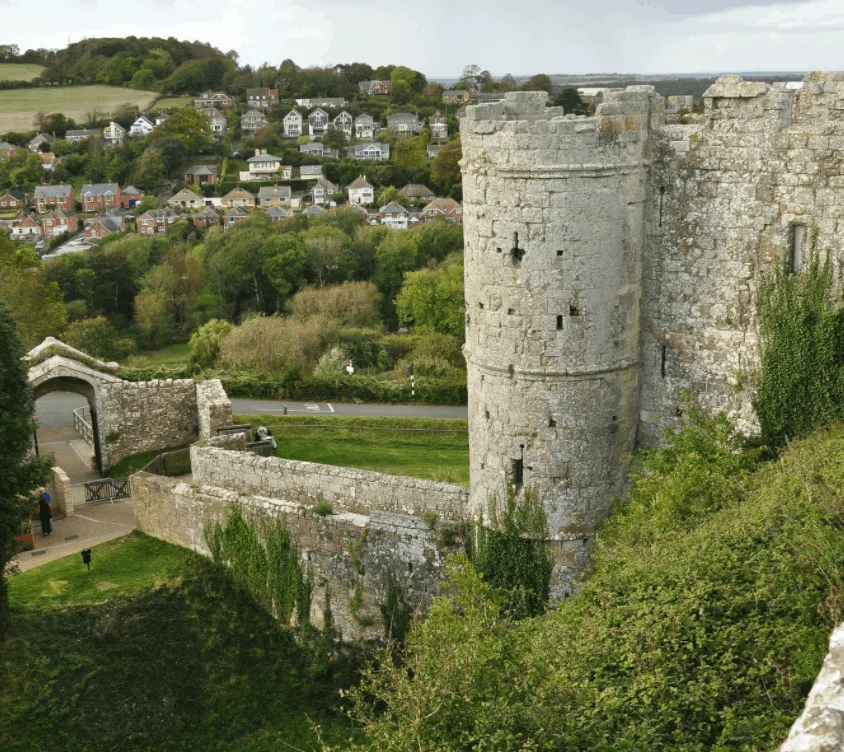
2. The area was probably inhabited before Roman times
The Isle of Wight was certainly inhabited by the Romans. Ruins from a wall have been discovered near the location that the castle was built, and a Roman villa was discovered during the Victorian Era near the village as well.
One of the most fascinating facts about Carisbrooke Castle is that the area was most probably inhabited even before Roman times, which is most probably the reason why the Romans built a settlement on the Isle of Wight in the first place.

3. The site used to house an Anglo-Saxon stronghold
After the Romans were gone, the Anglo-Saxons turned the Roman settlement into their fort. The Anglo-Saxon Chronicle, which clearly details the Anglo-Saxon history in Britain, mentions that a man named Wihtgar, who was the cousin of Anglo-Saxon King Cynric of Wessex, was buried near the fort.
By the 8th century, the Anglo-Saxon fort was expanded and at the end of the 9th century, the first defensive wall was built around the complex to defend the fort from invading Vikings.
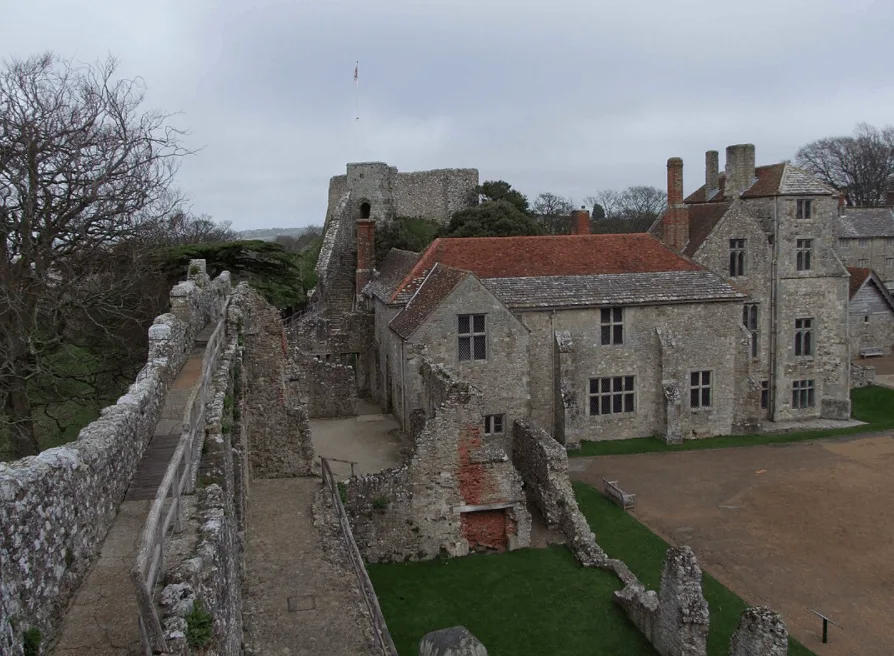
4. Fortifying the castle started in the 12th century
After the Norman Conquest in England in 1066, the fort was owned by the family of Richard de Redvers, a Norman Nobleman. They owned the castle until the late 13th century and built multiple additions.

The Anglo-Saxon stronghold was turned into a motte-and-bailey castle and over the next 2 centuries, stone walls, several watchtowers, and a keep were built to further enhance the castle’s defenses.

5. The castle was sold to King Edward I in the year 1293
As the castle was passed on to multiple generations of members of the Richard de Redvers’ family, the final owner of the castle was Countess Isabella de Fortibus, who would become the last Redvers resident.
She sold the castle to King Edward I in the year 1293, which means it became royal property this year. The King never really lived here and entrusted the management of the castle to representatives of the crown.

6. A local hero chased away the French in 1377
By the time that the castle become royal property, it was already seriously fortified. This was proven by the fact that the French besieged it in the year 1377 but weren’t able to penetrate its defenses.
They eventually left the Isle of Wight when their commander was killed by a local hero named Peter de Heyno, who would become the Lord of Stenbury in the Isle of Wight under Edward III. He managed to fire an arrow through a loophole now referred to as “De Heyno’s Loop.”

7. The gateway tower was built in the 15th century
Anthony Woodville, Lord Scales, who would become the Second Earl Rivers, acquired the castle rights along with Lordship in the year 1467. In the following decades, he built the “Woodville Gate,” which is now simply referred to as the “Entrance Gate.”
The Woodville family was very powerful during the reign of Edward IV, but this wouldn’t last for Anthony Woodville. He ended up being arrested in the year 1483 and executed by the future Richard III as he aimed to ascend to the throne himself!
His brother, Edward Woodville, managed to survive the purge in which many family members were executed, and eventually became the castle’s constable in 1485. He also became Lord of the Isle of Wight, the last man to acquire this title.
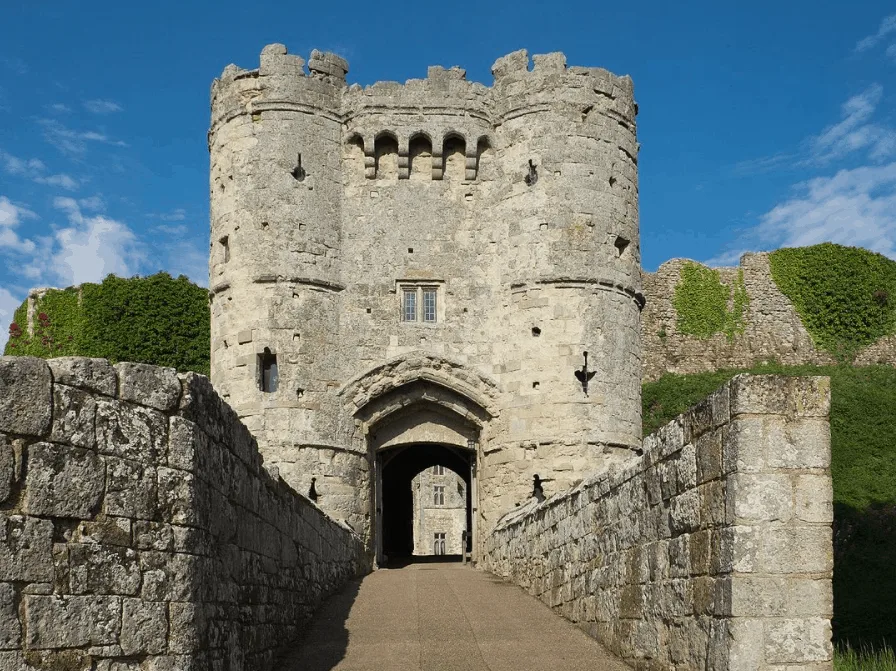
8. The castle was heavily fortified in defense of the Spanish Armada
A century later, there was another threat to the castle in the form of the Spanish Armada. This was a fleet of 130 Habsburg Spanish ships who were bound for Flanders where they intended to prepare to invade England.
Sir George Carey was the Governor of the Isle of Wight, the new title following the Lordship, in the year 1583 and seriously increased the castle’s defenses for the pending invasion.

9. An Italian architect finalized the outer defenses in the late 15th century
The Spanish Armada never reached their destination as English ships launched a successful attack on the Spanish fleet. Many ships were wrecked and one ship was even captured.
Sir George Carey didn’t know that the story would end this way back then, so he engaged Italian engineer Federigo Giambelli to further enhance the castle’s defenses.
Between 1597 and 1600, a so-called “trace Italienne” fortification was built around the old castle. This consisted of several ditches and fortified bastions that were able to sustain cannons fired by the Spanish Armada.
By the time the fortifications were completed, Carey had spent about £4,000, the equivalent of over £1,200,000 today!
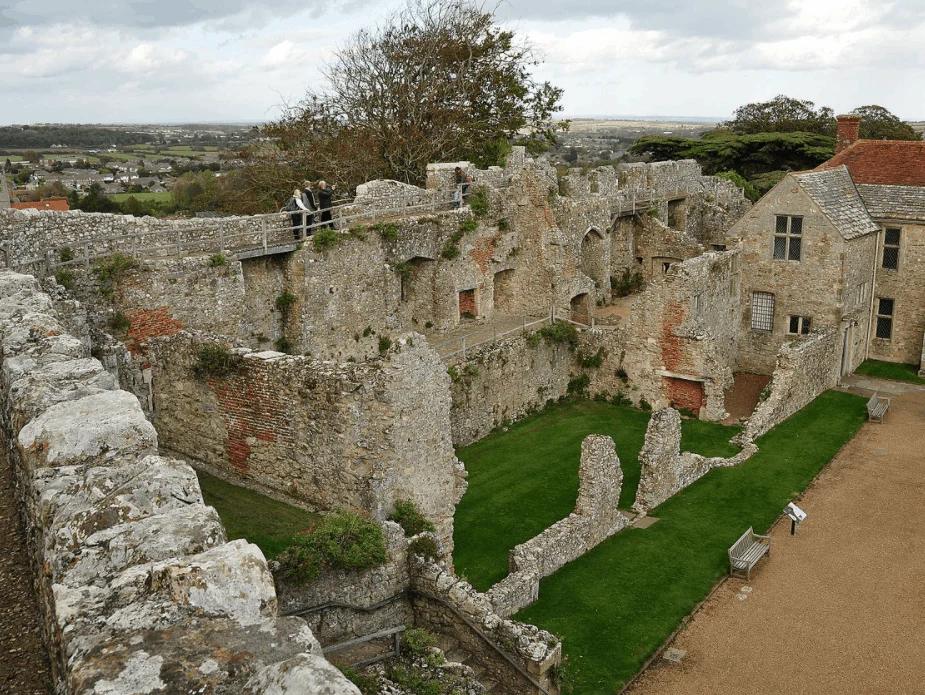
10. Charles I was imprisoned in the castle for 14 months
One of the most interesting facts about Carisbrooke Castle is that it was once served as the prison of King Charles I, who was imprisoned here for 14 months!
He was able to flee to the Isle of Wight on November 11, 1647, as he believed that Colonel Robert Hammond, who was the Parliamentary Governor of the Isle of Wight back then, would support his cause.
Instead, he locked Charles I in the castle and notified the Parliament of his infamous prisoner!
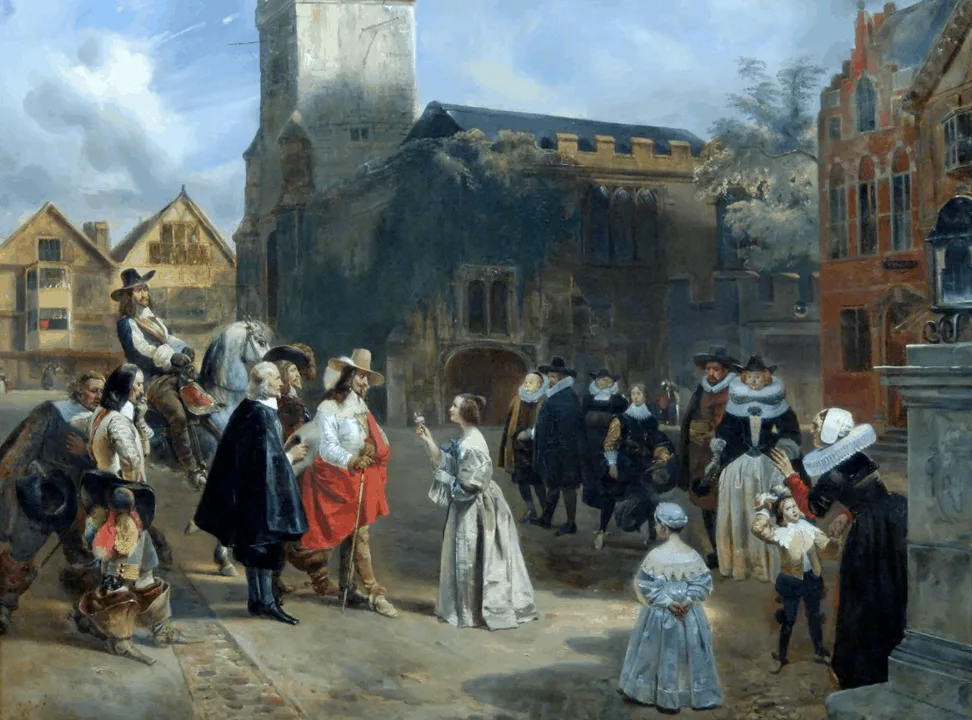
11. Charles I still had time for leisure during his captivity
Even though he was confined to the castle, this didn’t mean that Charles was locked up in a dungeon. He was allowed to roam around freely and even had time to try and make deals and for his hobby.
The bowling green used by Charles I during his confinement at Carisbrooke Castle is still present at the castle today!
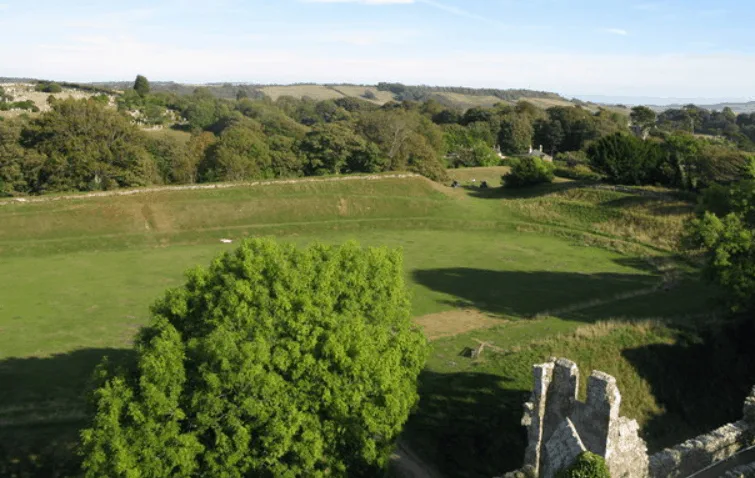
12. Charles I’s daughter died at the castle
Charles I was eventually moved out of Carisbrooke Castle in late 1648 and spent the remaining time before his trial at Hurst Castle and eventually at Windsor Castle. His trial at Westminster Hall at the Palace of Westminster began on January 20, 1649.
It didn’t end well as he was sentenced to death and executed just 10 days after his trial had started on January 30, 1649. His two young children, Elizabeth and Henry, visited him the day earlier to say goodbye to their father.
They ended up being sent to Carisbrooke Castle as well, and Princess Elizabeth eventually died here at the age of 14 on September 8, 1650, after catching a cold that developed into pneumonia.
The chapel inside the castle grounds was rebuilt and consecrated in 1904 and now serves as a memorial to Charles I.
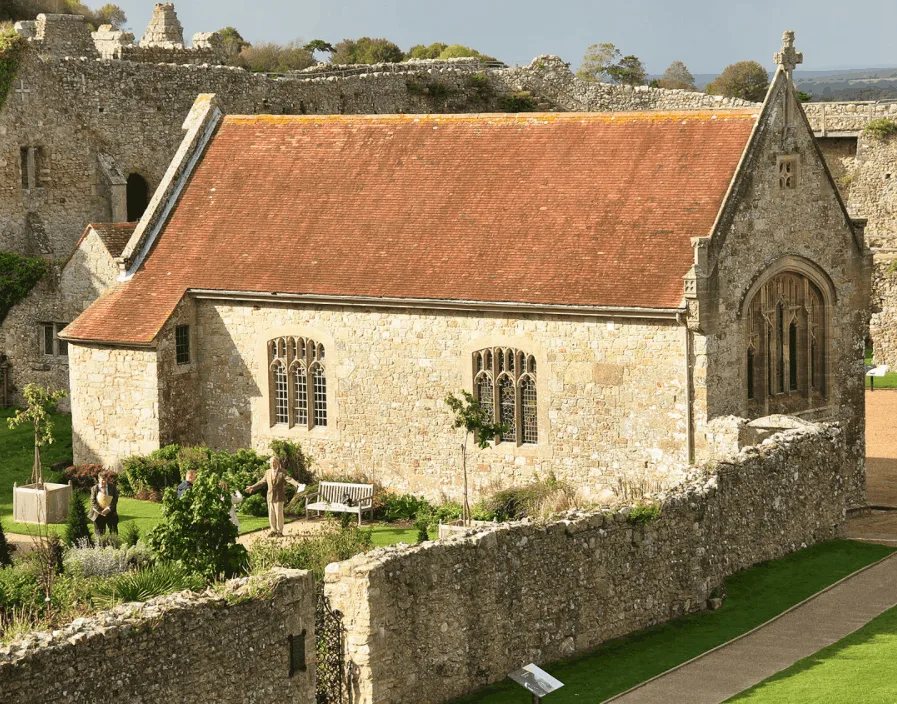
13. Princess Beatrice lived at the castle for 48 years
Another famous resident of Carisbrooke Castle was Princess Beatrice, the daughter of Queen Victoria. She became the Governor of the Isle of Wight in the year 1896 and lived at the castle until her death in 1944.
She was also the last resident of the castle as it’s now under the management of English Heritage, a charity that manages over 400 monuments in England!
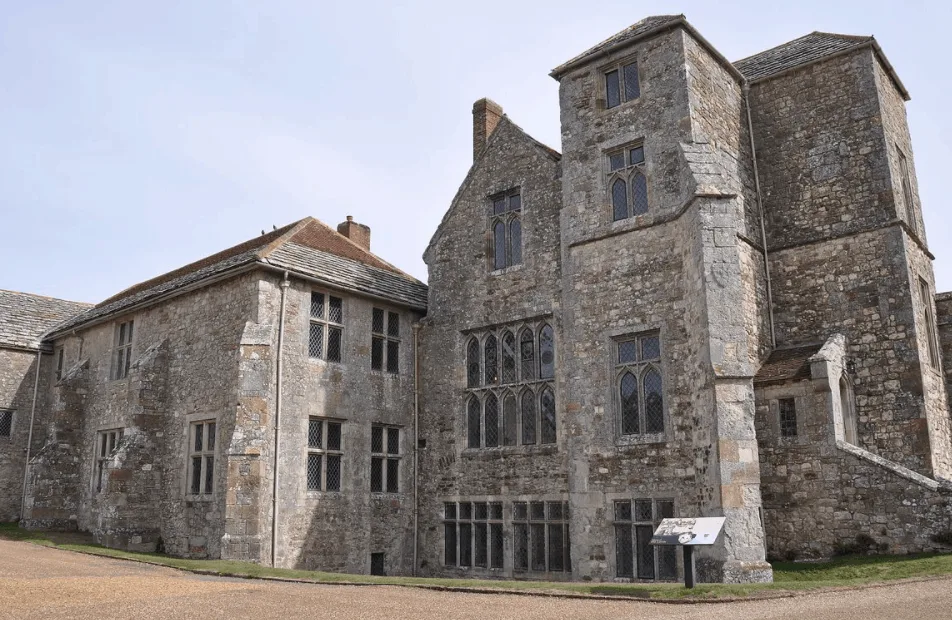
14. Carisbrooke Castle is a popular tourist attraction today
One of the most amazing facts about Carisbrooke Castle is that English Heritage actually turned some of the old staff chambers into holiday flats back in 2007. This is as close to the real castle experience as you can possibly get!
The castle has become a very popular tourist destination and receives well over 100,000 visitors every year.

